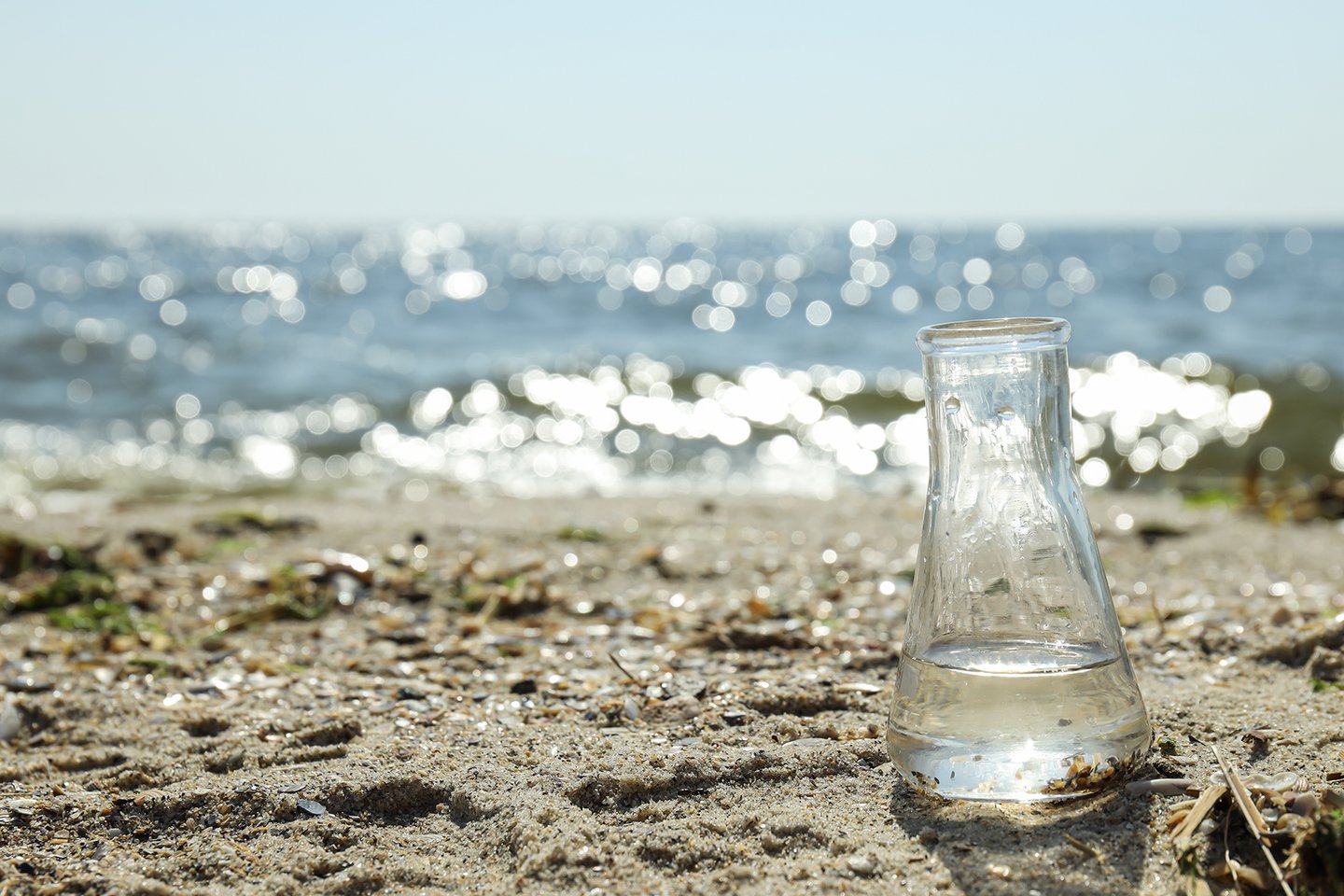
2 min read
Designer's Guide to Green Certifications
A Primer for Healthy Homes and Interiors. Who is gatekeeping wellness and sustainable design? WLLW looks at green certifications in brief.

3 min read
WLLW delves into how to recognize and manage harmful chemicals in domestic products, to create informed, health-conscious homes.
_
Our homes are havens of comfort, good health and happiness, but in the modern world, they can harbor harmful chemicals. From cleaning agents kept in cupboards and flame retardants in furniture, to metals in our modern gadgets, chemicals can quickly become mainstays in our daily lives. Many such substances pose significant risks to humans and the environment.
To effectively tackle this issue, it is crucial to establish a framework for understanding and classifying harmful chemicals. Thankfully, as with any industry, there are pioneers and Arlene Blum is ours in this domain. The environmental chemist and founder of the Green Science Policy Institute (GSPI) has proposed a six-class system to categorize chemicals according to their health and environmental impacts.
The chemical classes, as defined by Blum, are per- and polyfluoroalkyl substances (PFAS), antimicrobials, flame retardants, certain solvents, certain metals and bisphenols and phthalates. Exposure to these can lead to a range of adverse health effects, including cancer, reproductive problems, neurological disorders and developmental delays.
Mitigating domestic chemical dangers demands collaborative efforts that blend education, advocacy and regulatory reform. The Green Science Policy Institute has been at the forefront, campaigning for safer chemical use, while global entities like the World Health Organization (WHO) drive worldwide awareness and better practices. California's Environmental Protection Agency (CalEPA) and the EU's REACH (Registration, Evaluation, Authorization, and Restriction of Chemicals) regulation have made strides in demanding safer chemicals in the market, illustrating a shift toward greater consumer safety.
Below, we’ve summarized the six classes we will delve into, signifying the categories they encompass and the concerns they present.
Per- and polyfluoroalkyl substances (PFAS) are a group of synthetic chemicals known for their resistance to heat, water and oil. Widely used in products like non-stick cookware and waterproof clothing since the 1950s, PFAS can accumulate in the environment, in soil, water and living organisms. There are concerns over their potential health repercussions, including developmental issues, liver function changes, immune system effects and an increased cancer risk. Some PFAS have been detected globally in humans and wildlife. Ongoing regulatory efforts aim to restrict or phase out certain PFAS.
Antimicrobials are a class of chemicals designed to inhibit the growth of microorganisms, including bacteria, fungi and viruses. They are commonly used in various consumer products, such as soaps, toothpaste and cutting boards, to prevent the spread of infectious agents. These substances can enter water systems, causing ecological impacts and contributing to antibiotic resistance. Prolonged exposure may pose adverse health effects such as compromised endocrine function. Initiatives are underway to promote alternative hygiene practices and develop antimicrobial compounds with reduced environmental and health impacts.
Flame retardants are chemicals used in furniture and electronics to make them less likely to catch fire. While they help with fire safety, there are worries about their impact on the environment and human health. Some retardants, such as PBDEs, can remain in the environment and build up in living things, including people, potentially causing harm. Some studies also suggest a link to developmental issues. To address these worries, rules have been developed to limit or ban certain flame retardants. This is part of various efforts to find safer alternatives and ensure products are fire-resistant without causing harm to people or the environment.
Certain solvents are chemicals that dissolve or disperse other substances commonly found in products such as paints, adhesives, cleaning agents and dry-cleaning solutions. While solvents are essential for various industrial and household applications, specific solvents pose environmental and health concerns. Some solvents, such as benzene, toluene and xylene, can be harmful when inhaled or if they come into contact with the skin. Prolonged exposure to these solvents is associated with adverse health effects, including damage to the liver and the nervous and respiratory systems. In addition, certain solvents may contribute to air pollution and potentially contaminate soil and water.
Certain metals, within the context of harmful chemical classifications, include lead, mercury, cadmium and chromium. These metals are found in various products and industrial processes, raising environmental and health concerns. For instance, mercury, commonly found in thermometers and some seafood, can cause neurological and developmental issues. Cadmium, present in batteries and some plastics, is associated with kidney and lung damage. These metals can enter the environment through manufacturing and other activities, leading to soil and water contamination. Human exposure occurs through ingestion, inhalation or contact with the skin. Regulatory measures aim to limit the use of these metals and set standards for permissible levels in various products. Efforts also focus on safe disposal practices and the restoration of contaminated sites.
Bisphenols and phthalates are chemicals used in various products. Bisphenols, for example, particularly Bisphenol A (BPA), are found in plastics, food containers, and receipts, while phthalates are present in items like vinyl flooring and personal care products. These chemicals are concerning due to the potential health consequences they may have. BPA, a common bisphenol, has been linked to hormonal disruption and other health issues, raising worries about its presence in consumer goods. Phthalates, known for their flexibility in plastics, have been associated with similar health concerns, including reproductive and developmental effects.
Photography: Atlas/Adobe

2 min read
A Primer for Healthy Homes and Interiors. Who is gatekeeping wellness and sustainable design? WLLW looks at green certifications in brief.

3 min read
WLLW delves into Declare label and the Red List as the demand for sustainable and healthy products intensifies, alongside the mounting pressure for transparent information for specifiers and consumers.